Best Space Photos of the Week - Aug. 20, 2011
Glowing Galaxies, Orion's Splash and Space Nuts
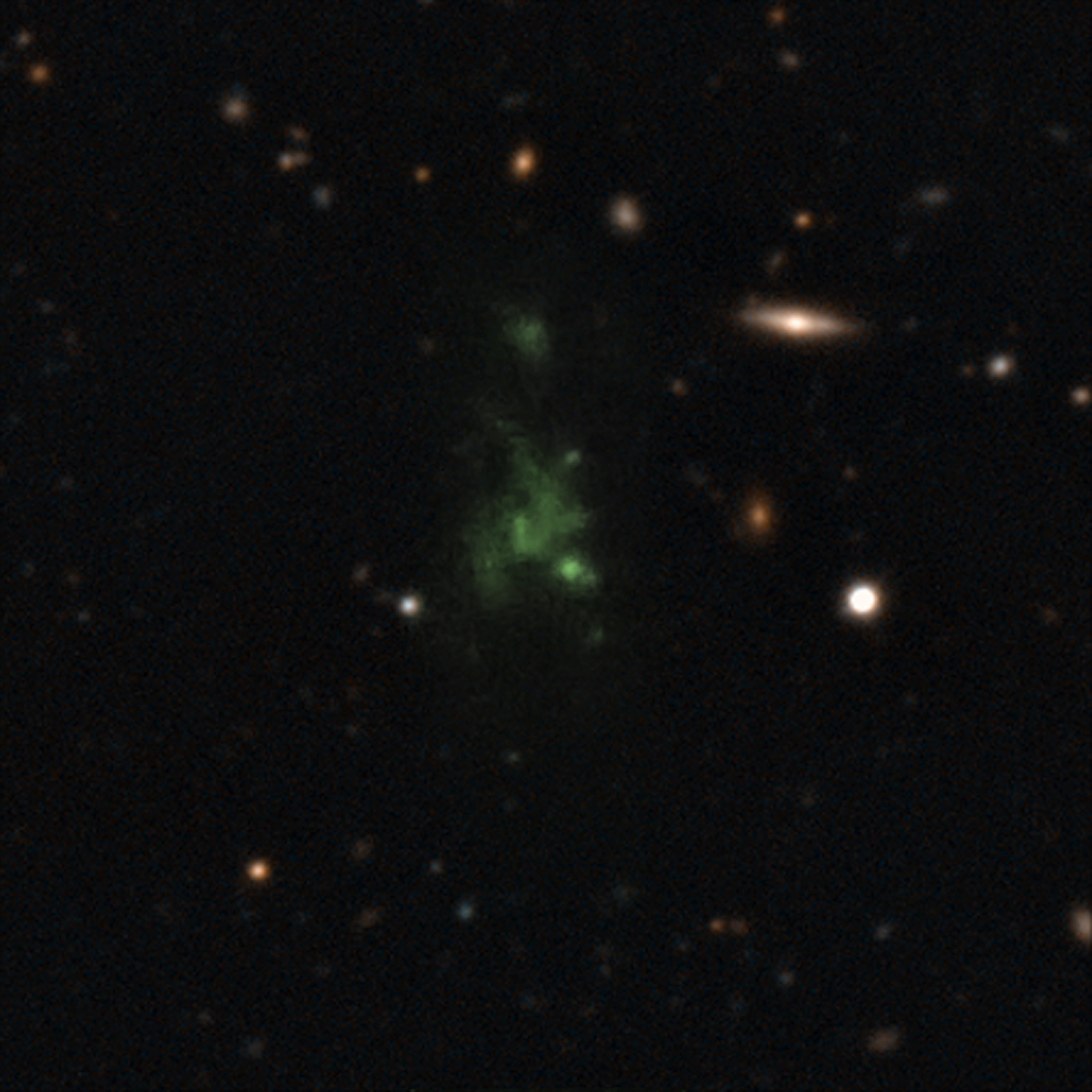
This week we watched a big splash at NASA and laughed with Stephen Colbert as he went nuts (literally) for space. Check out the most amazing space photos of the week.
Astronaut Snaps Spectacular Meteor Photo From Space
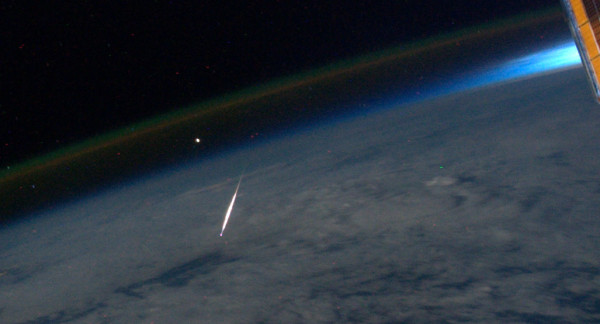
The amazing images actually started flowing on Aug. 13, when space station astronaut Ron Garan captured a stunning image of a "shooting star" during the Perseid meteor shower from his window seat 220 miles above Earth. [Full Story]
Mt. Etna's Violent Bursts Spotted from Space
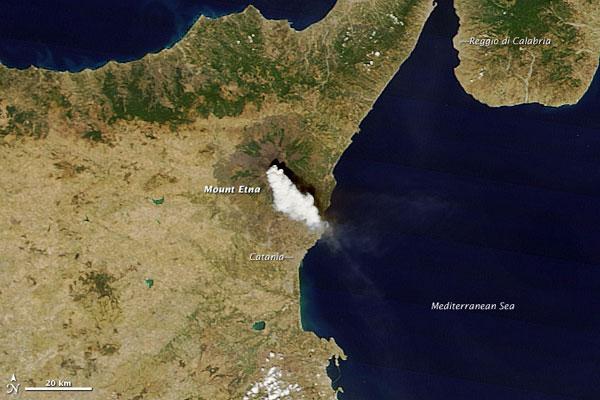
NASA's Terra satellite also caught an eye-catching view of Mt. Etna's latest volcanic eruption as it appeared from space. [Full Story]
Sunset Glow
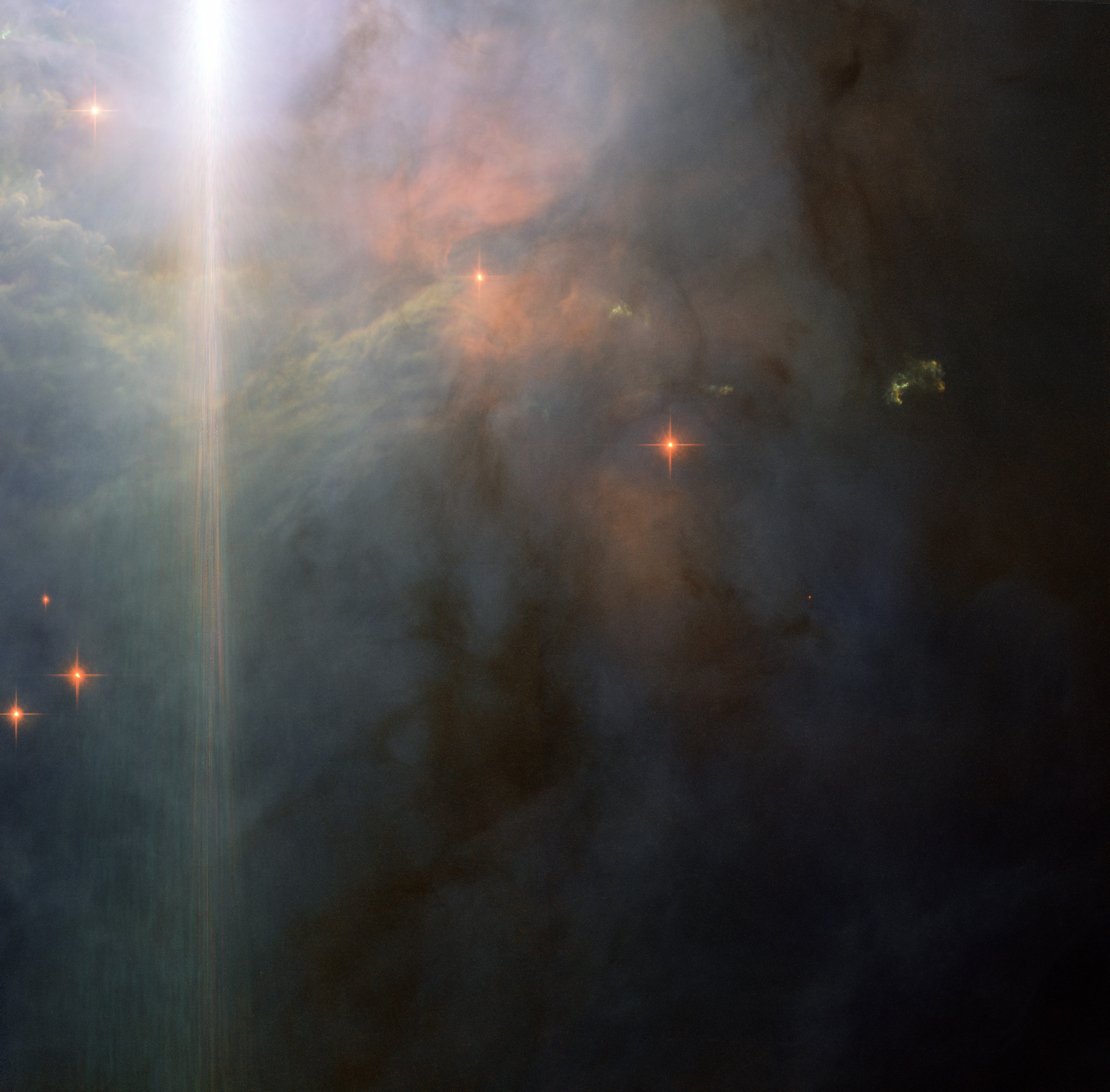
Reflection nebula NGC 2023 lies nearly 1500 light-years from Earth. It lies within the constellation of Orion (The Hunter), close to the well-known Flame and Horsehead nebulas. NGC 2023 stretches a vast four light-years across. This picture only displays the southern part, with colors resembling a sunset on Earth. Stars are forming from the material comprising NGC 2023, and this Hubble image, which was posted on Monday (Aug. 15), captures the billowing waves of gas, 5000 times denser than the interstellar medium. [View all images]
Mystery of Saturn Moon's Bizarre Giant Cloud Solved
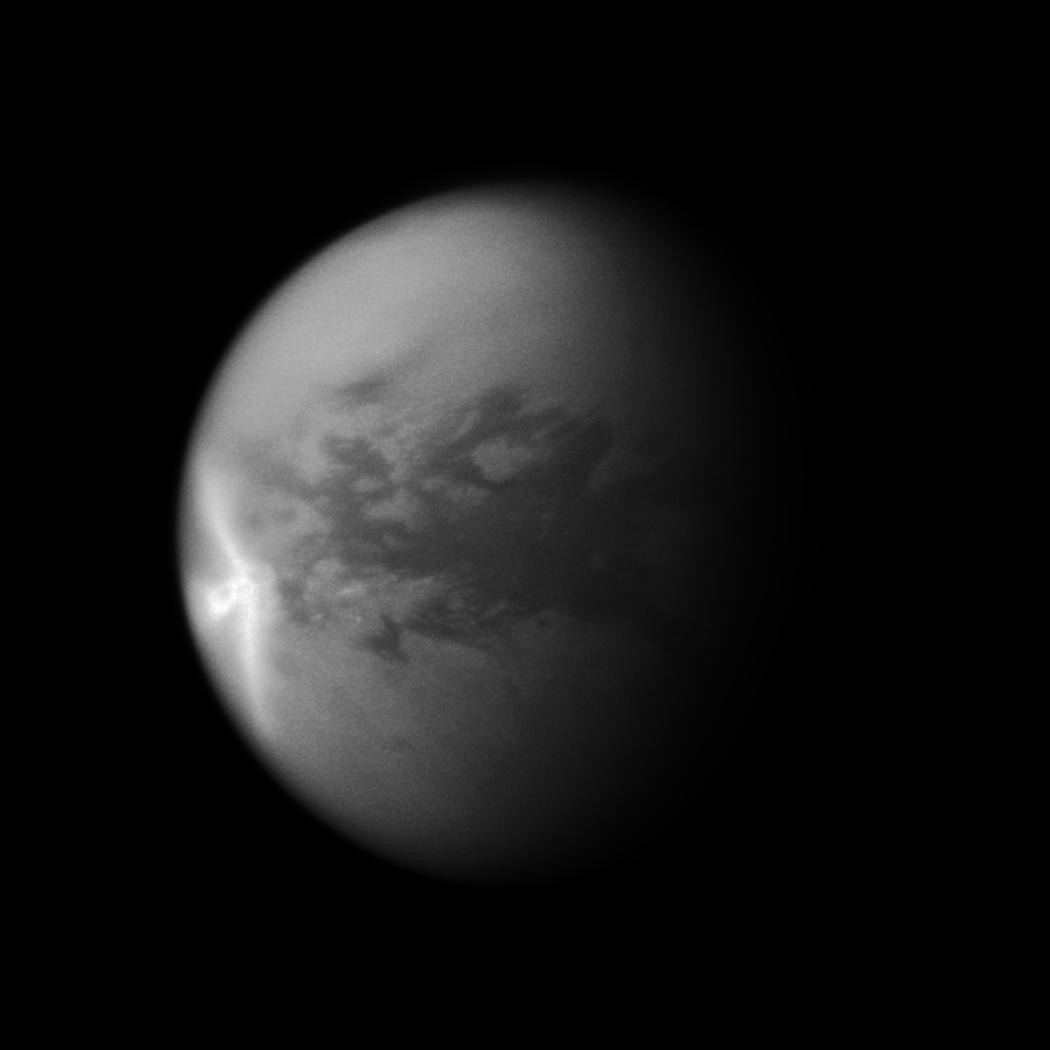
On Tuesday, we learned that the mystery of a giant arrow-shaped cloud glimpsed last year on Saturn's moon Titan may now have been solved — the enigma was apparently caused by a planetary-scale wave rippling through the moon's atmosphere, researchers suggest. [Full Story]
Stephen Colbert Gets 'Space Nut' From Last Shuttle Astronauts
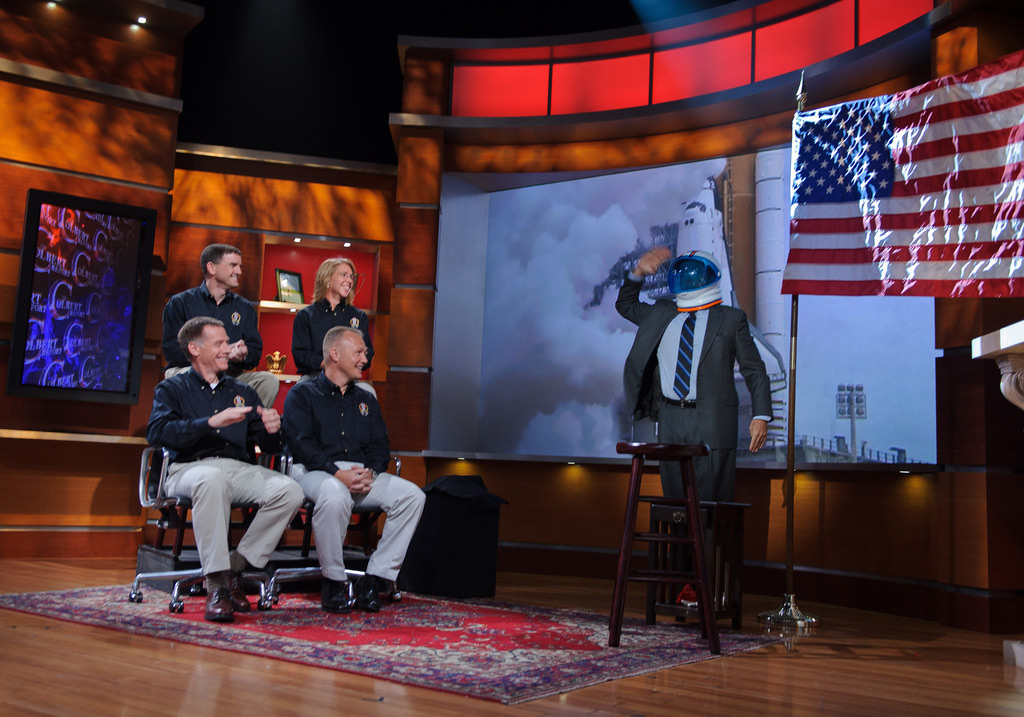
The four astronauts of the final space shuttle mission stopped by The Colbert Report Tuesday (Aug. 16) to give him a special souvenir: a huge nut used to help secure space shuttles to the launch pad. [Full Story]
How to Be Dumb(bell)
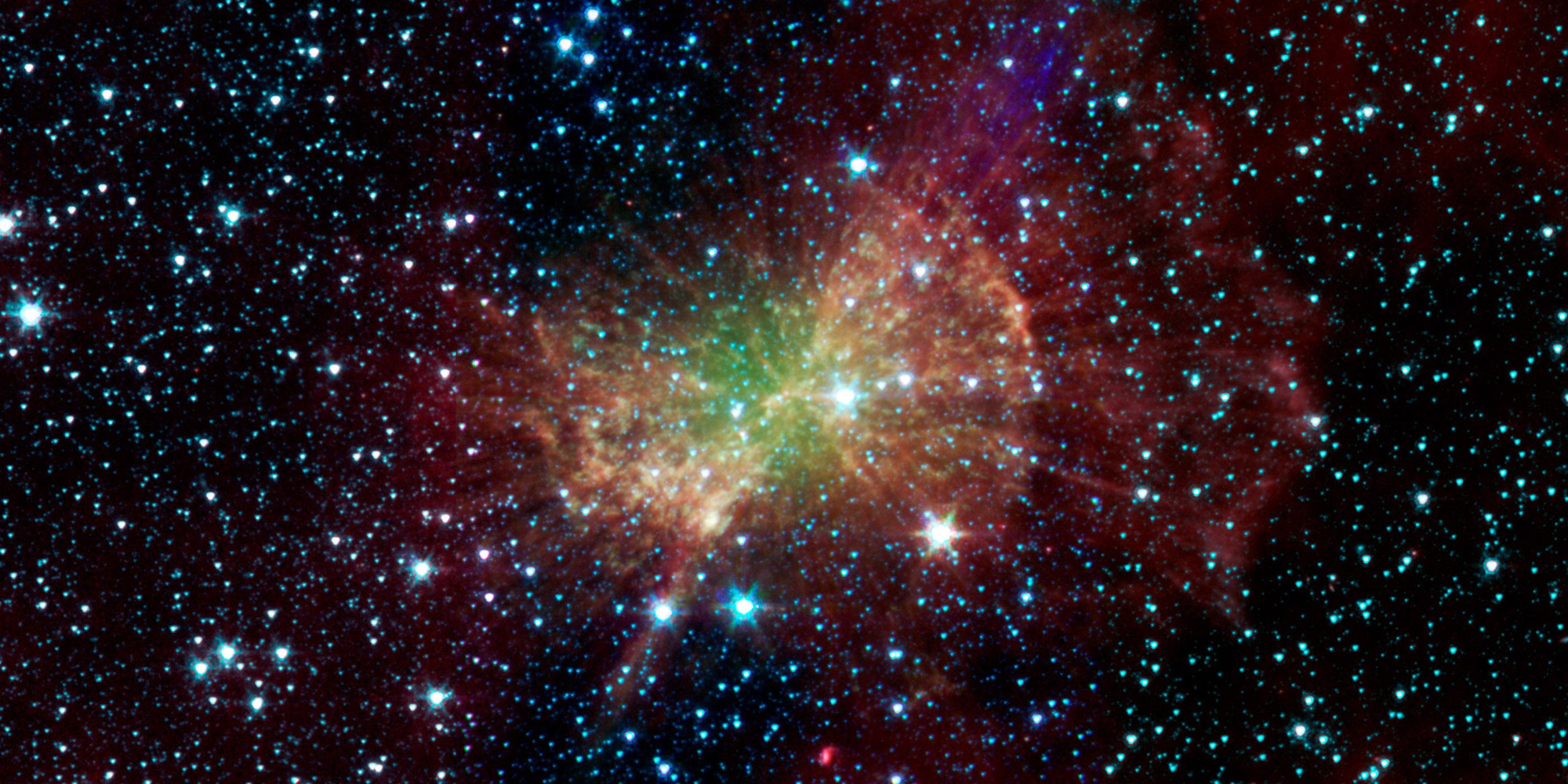
Charles Messier discovered the Dumbbell Nebula, posted here on Tuesday (Aug. 16), in 1764, and he added it as the 27th member of his well-known catalog of nebulous objects. Messier 27, as it is also known, became the first in a class of objects now known as planetary nebulae in the catalog. Planetary nebulae, named for their resemblance to gas-giant planets, consist of the remains of stars that once looked a lot like our sun. [View all images]
Giant Space 'Blob' Glows Green From Galaxies Within

Observations from ESO's Very Large Telescope have shed light on the power source of a rare vast cloud of glowing gas in the early universe. The cosmic cloud photo was released Wednesday (Aug. 17). [Full Story]
A Bigger Splash
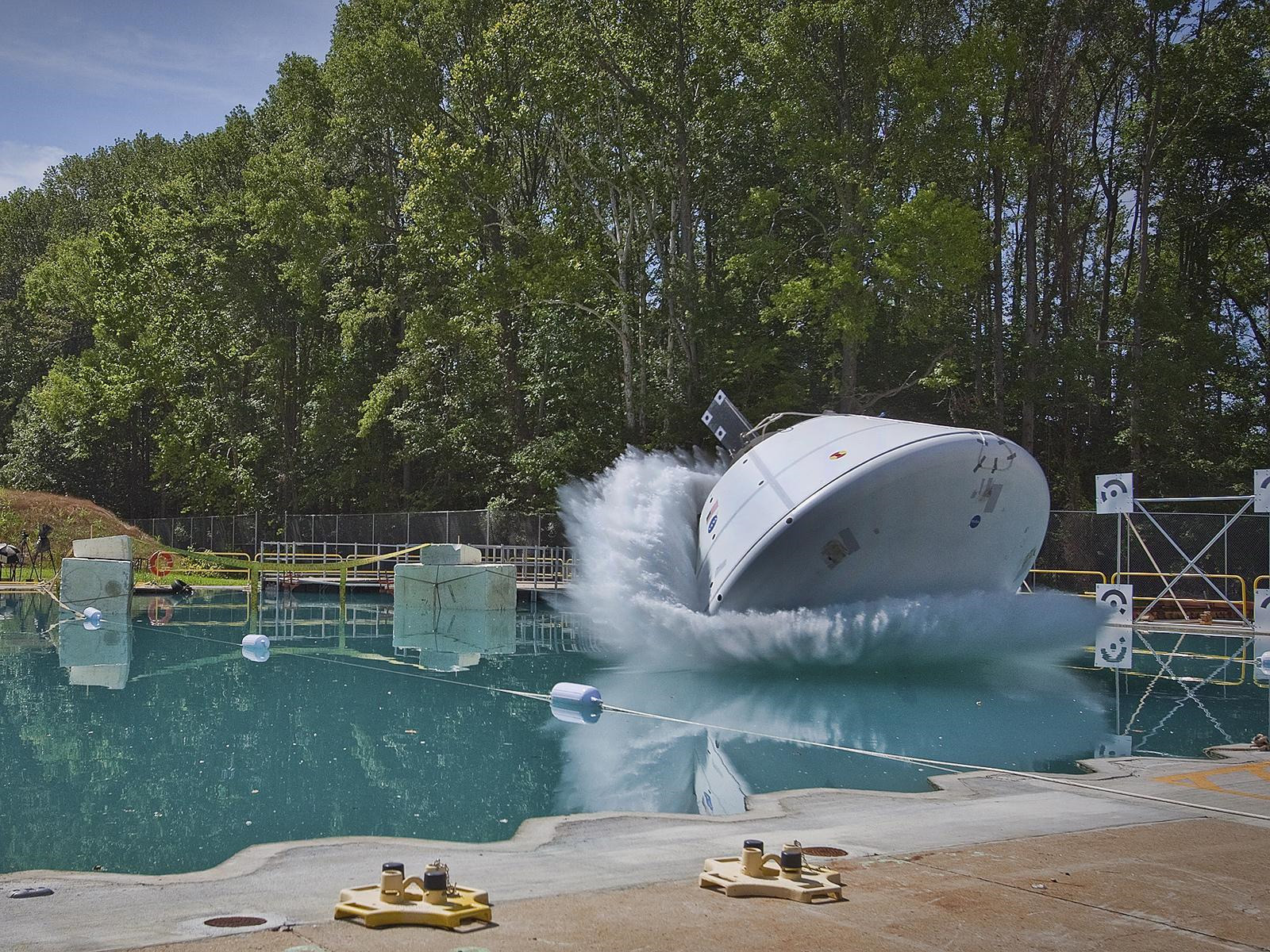
Orion Multi-Purpose Crew Vehicle underwent its third water landing test at the Hydro Impact Basin located at NASA Langley Research Center during August 2011. The scenario shown here represented the worst-case scenario for landing. A prediction gave a 50% chance of the test article becoming inverted. The Orion Project Team collected valuable data regarding Crew Module stability, and also obtained invaluable experience in uprighting the test article. [View all images]
Superfast Military Aircraft Hit Mach 20 Before Ocean Crash, DARPA Says
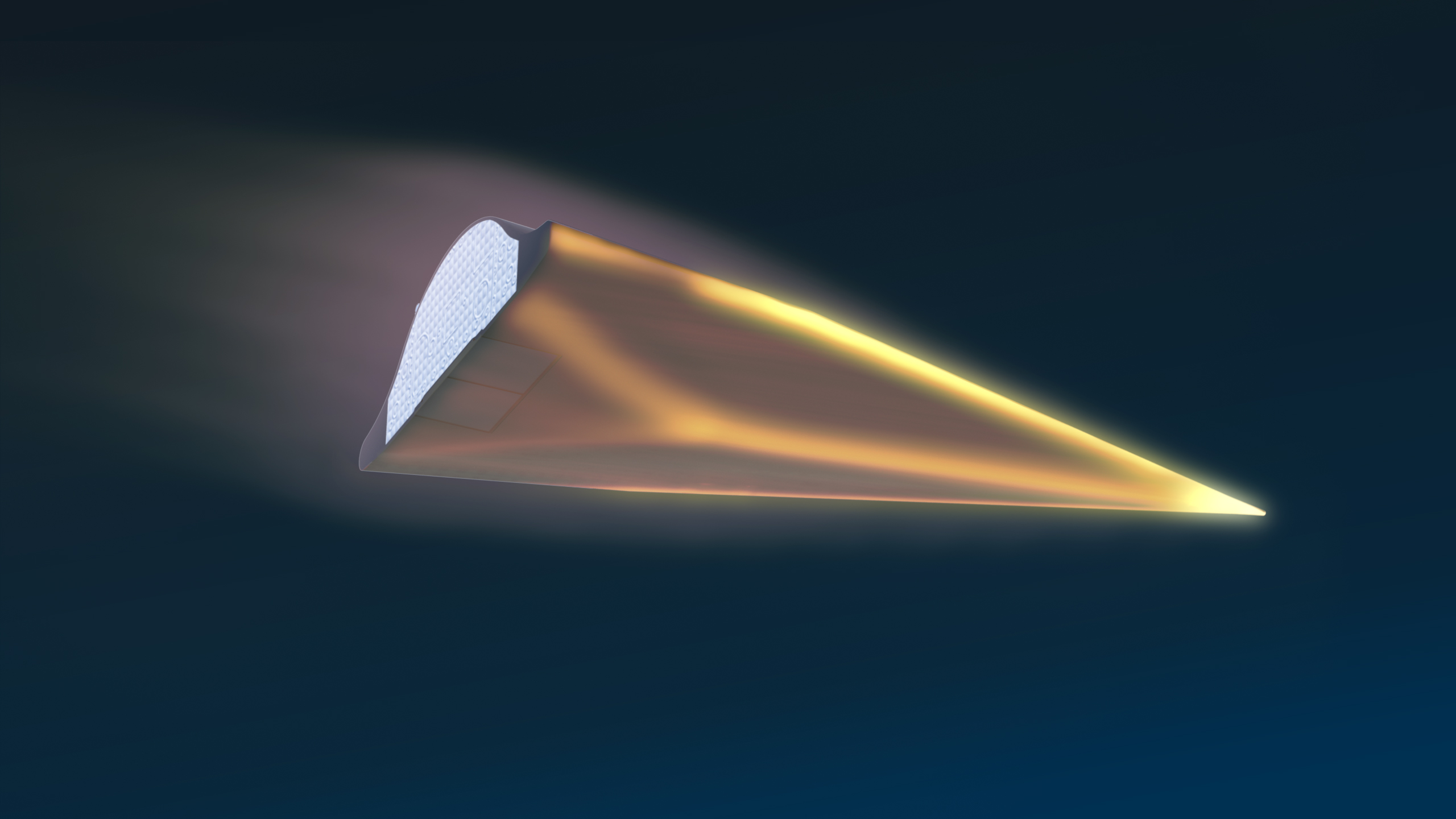
DARPA released this illustration of its hypersonic Falcon HTV-2 aircraft this week with news that the unmanned drone flew at Mach 20 for three minutes before an anomaly prompted its fail-safe system to crash the aircraft in the ocean. The anomaly was unrelated to the cause of the crash in its first test, DARPA says. [Full Story]
Astronaut Beams First 3-D Video from Space Station
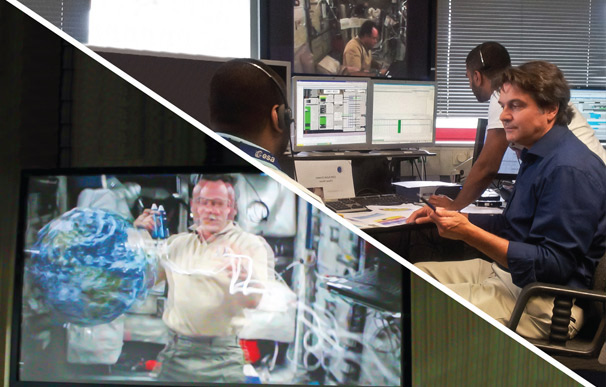
Hollywood's cheesy 3-D extravaganzas may soon pale in comparison to getting an immersive view of floating in and around the space station. That's because an astronaut has created the first live-streamed 3-D video in the history of space exploration with a shoebox-size camera. [Full Story]
Join our Space Forums to keep talking space on the latest missions, night sky and more! And if you have a news tip, correction or comment, let us know at: community@space.com.
Get the Space.com Newsletter
Breaking space news, the latest updates on rocket launches, skywatching events and more!

Space.com is the premier source of space exploration, innovation and astronomy news, chronicling (and celebrating) humanity's ongoing expansion across the final frontier. Originally founded in 1999, Space.com is, and always has been, the passion of writers and editors who are space fans and also trained journalists. Our current news team consists of Editor-in-Chief Tariq Malik; Editor Hanneke Weitering, Senior Space Writer Mike Wall; Senior Writer Meghan Bartels; Senior Writer Chelsea Gohd, Senior Writer Tereza Pultarova and Staff Writer Alexander Cox, focusing on e-commerce. Senior Producer Steve Spaleta oversees our space videos, with Diana Whitcroft as our Social Media Editor.
